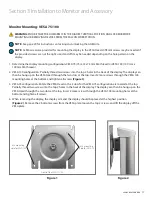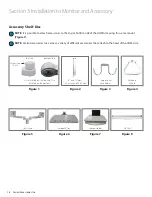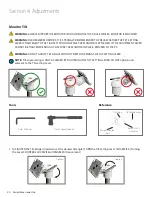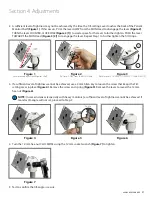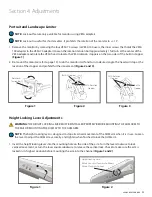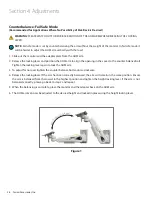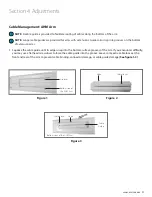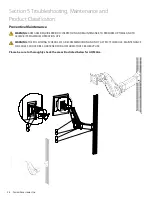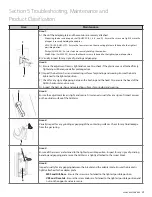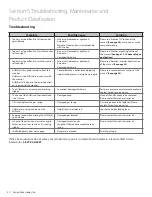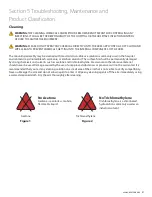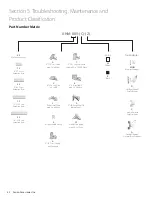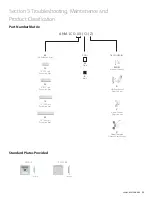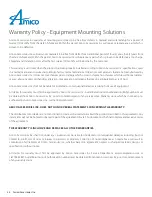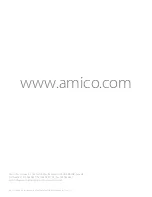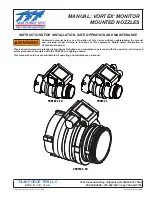
www.amico.com 31
Section 5: Troubleshooting, Maintenance and
Product Classification
Cleaning
WARNING:
THE CLEANING CHEMICALS AND METHODS BELOW ARE NOT MEANT FOR CONTROLLING ANY
INFECTIONS. IT SHALL BE THE RESPONSIBILITY OF THE HOSPITAL OR THE HOSPITAL’S INFECTION CONTROL
OFFICER TO SANITIZE THE EQUIPMENT.
WARNING:
PLEASE DO NOT SPRAY ANY CHEMICAL DIRECTLY ONTO THE ARM. APPLY ONTO A SOFT CLOTH AND
WIPE CLEAN TO PREVENT CHEMICALS GETTING INTO THE INTERNAL COMPONENTS OF THE ARM.
The mounting assembly may be cleaned with most mild, non-abrasive solutions commonly used in the hospital
environment (e.g. diluted bleach, ammonia, or alcohol solutions). The surface finish will be permanently damaged
by strong chemicals and solvents such as acetone and trichloroethylene. Steel wool or other abrasive material
should never be used. Damage caused by the use of unapproved substances or processes will not be warranted. It is
recommended that you test any cleaning solution on a small area of the arm that is not visible to verify compatibility.
Never submerge the arm and do not allow liquids to enter it. Wipe any cleaning agents off the arm immediately using
a water-dampened cloth. Dry the arm thoroughly after cleaning.
No Acetone
Acetone is a colorless, mobile,
flammable liquid
No Trichloroethylene
Trichloroethylene is a chlorinated
hydrocarbon commonly used as an
industrial solvent
Acetone
Trichloroethylene
Figure 1
Figure 2

